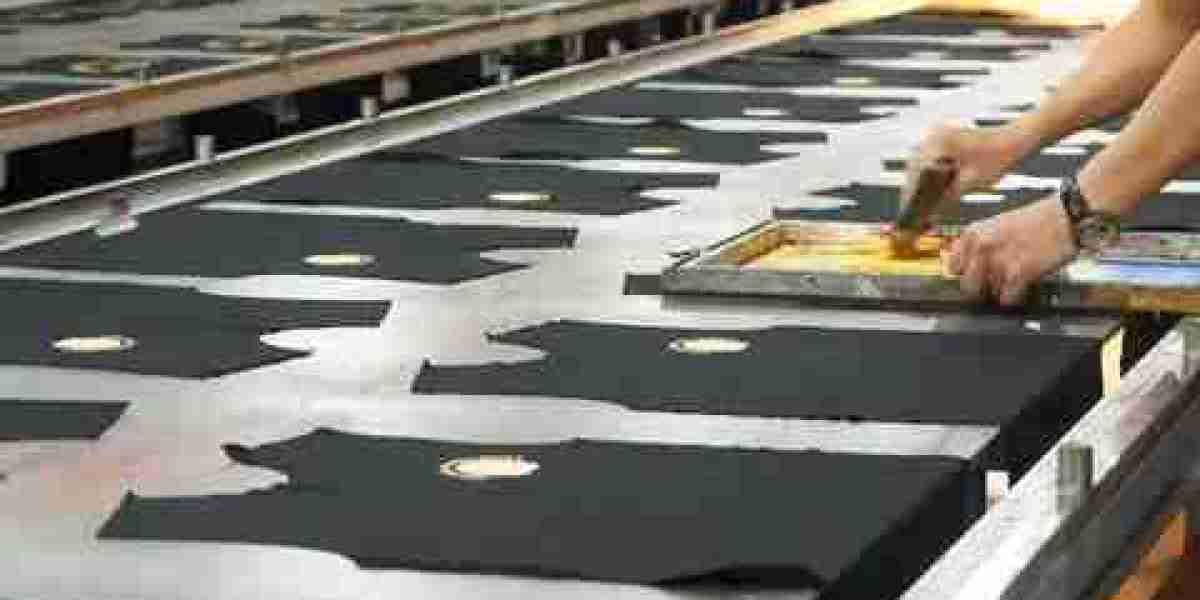What Is Screen Printing?
Screen printing clothing is a technique where ink is pushed through a mesh screen (stencil) onto fabric, one color at a time. The process is highly customizable, especially suitable for bulk orders, and ideal for cotton-based clothing like t-shirts, hoodies, and tote bags.
Key components of screen printing include:
Screens and Stencils: Each color requires a separate screen.
Inks: Plastisol and water-based inks are most common.
Press: Manual or automatic presses are used to apply ink evenly.
Curing: The printed garment is heat-treated to set the ink.
Why Choose Screen Printing for Clothing?
Screen printing has stood the test of time for good reason. Here’s why many choose it over newer methods:
✔ Vibrant and Long-Lasting Prints
Screen printing provides rich, bold colors that last through dozens of washes, especially when using plastisol ink.
✔ Cost-Effective for Bulk Orders
The upfront setup cost is higher, but screen printing becomes increasingly economical with larger quantities.
✔ Versatility
It works on a wide range of fabrics and clothing styles, from cotton tees to polyester blends.
✔ Professional Finish
Designs often have a premium look and feel, perfect for retail or branded merchandise.
Screen Printing vs. Other Techniques
| Feature | Screen Printing | Direct-to-Garment (DTG) | Heat Transfer Vinyl (HTV) |
|---|---|---|---|
| Best For | Bulk orders | One-off prints | Small batches, personalization |
| Durability | High | Medium | Medium |
| Setup Cost | High | Low | Medium |
| Fabric Compatibility | Broad | Limited to cotton-rich | Broad |
| Color Vibrancy | Excellent | Good | Good |
Tips for High-Quality Screen Printing Results
Use Vector Graphics: Ensure designs are created in high resolution or vector format (e.g., .AI or .EPS).
Choose the Right Fabric: Natural fibers like 100% cotton yield the best results.
Pre-Treat Garments: For optimal ink adhesion, some fabrics need pre-washing or treatment.
Work with Experts: Professional screen printers understand mesh counts, curing times, and ink types—key for long-lasting quality.
Common Applications in 2025
In 2025, tshirt screen printing continues to evolve with eco-friendly inks and advanced automation, but the core applications remain strong:
Streetwear and Fashion Brands
Event Merchandise
Corporate and Team Uniforms
Non-Profit and Fundraiser Apparel
Custom Gifts and Online Stores
Sustainability in Screen Printing
As eco-consciousness grows, many screen printers are switching to:
Water-Based Inks: Lower VOC emissions and softer hand feel.
Recyclable Screens and Meshes: Reducing industrial waste.
Efficient Curing Equipment: Minimizing energy consumption.
Final Thoughts
Screen printing clothing is a timeless and effective method for producing high-quality, durable, and eye-catching apparel. With innovations in inks and processes, and a continued emphasis on sustainability, it remains a top choice in 2025 for custom clothing.









